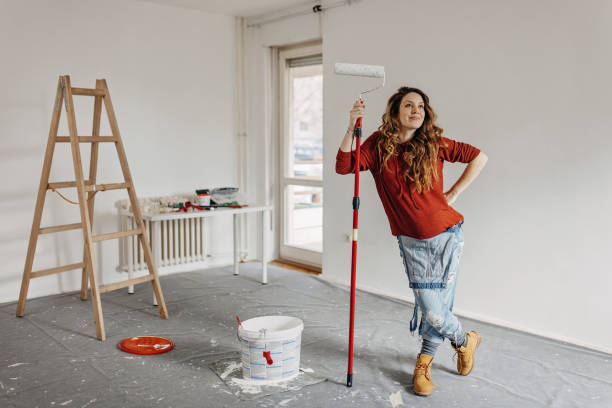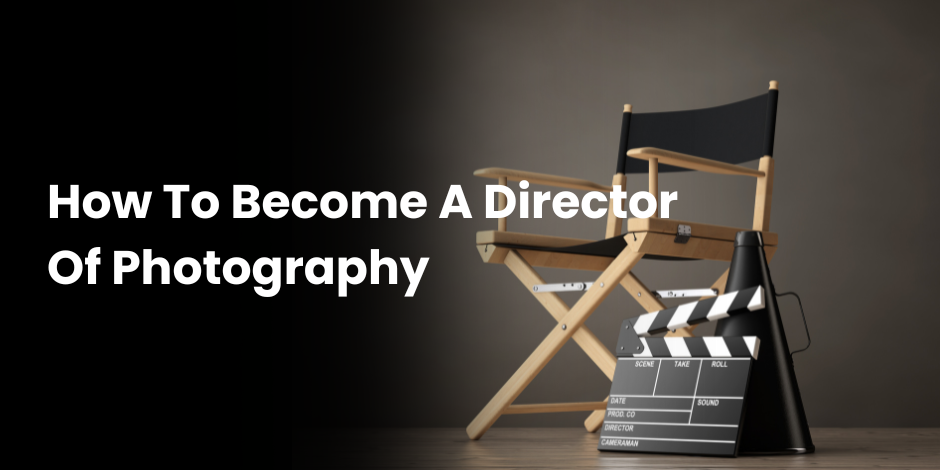Choosing the right living and working space is crucial for photographers. While some prefer the simplicity of a studio, others might lean towards the added space of a one-bedroom apartment. This blog post dives into the pros and cons of both options, helping you decide which setup suits your lifestyle and professional needs best.
Introduction
For photographers, the choice between renting a studio or a one-bedroom apartment can impact both personal and professional life. The right space can enhance creativity, improve workflow, and provide a comfortable living environment. In this blog, we’ll explore the advantages and disadvantages of each option, offer practical tips, and share real-life examples. By the end, you’ll be better equipped to make an informed decision that aligns with your goals and lifestyle.
Understanding Your Needs
Before making a decision, it’s essential to identify what you need in a living and working space. Do you prioritize having a dedicated area for shoots? Or is a separate bedroom vital for work-life balance?
Assessing Space Requirements
Photographers often need ample space for equipment, backdrops, and props. Studios offer open layouts, which can be beneficial for setting up shoots. On the other hand, a one-bedroom provides distinct areas for living and working, potentially reducing distractions.
Budget Considerations
Budget is a significant factor. Studios are generally more affordable than one-bedroom apartments. However, the cost difference can vary depending on location and amenities. Weighing the financial aspect is crucial in your decision-making process.
Lifestyle Preferences
Your lifestyle also plays a role. If you enjoy hosting friends or need a clear separation between work and rest, a one-bedroom might be more suitable. Studios, while compact, offer a minimalist lifestyle that some find liberating.
The Pros and Cons of a Studio Apartment
Studios are often the go-to choice for minimalists and those looking to save on rent. But how do they fare for photographers?
Flexibility and Open Space
One of the main advantages of studio apartments is the open layout. This flexibility allows photographers to set up various shooting scenarios without worrying about partition walls. The absence of separate rooms can make the space feel larger and more adaptable.
Cost-Effectiveness
Studios are typically more affordable than one-bedroom apartments. Lower rent means more budget for high-quality equipment or other business investments. Additionally, heating, cooling, and furnishing a smaller space can further reduce costs.
Potential Downsides
However, studios come with their challenges. Lack of separation between living and working spaces can blur boundaries, making it harder to switch off from work. Noise and distractions can also be more prevalent in an open-plan environment.
Why a One-Bedroom Apartment Might Be Better
A one-bedroom apartment offers distinct advantages, particularly for photographers who need dedicated spaces for different activities.
Separate Work and Living Areas
Having a separate bedroom means you can designate the living room as your workspace. This separation can enhance productivity and ensure a better work-life balance. It’s easier to disconnect from work when you can close the door on your workspace.
Increased Storage
One-bedroom apartments usually come with more storage options. This is beneficial for photographers who have a lot of gear. More storage means a tidier living space, reducing stress and increasing efficiency.
Additional Costs
While there are benefits, it’s essential to consider the higher rental cost of one-bedroom apartments. The added space comes with increased utility bills and furnishing costs. Ensure your budget can accommodate these expenses before committing.
Practical Tips for Photographers
Regardless of whether you choose a studio or a one-bedroom apartment, here are some tips to maximize your space and make it work for your photography needs.
Efficient Use of Space
Invest in multifunctional furniture, such as a sofa bed or a foldable desk. Use vertical storage solutions to keep your gear organized and accessible. Consider portable backdrops and lighting equipment that can be easily stored when not in use.
Soundproofing Techniques
If you’re working in a studio, soundproofing can help reduce external noise. Heavy curtains, rugs, and acoustic panels can make a significant difference. This is especially important if you conduct video shoots or client meetings in your home.
Creating a Dedicated Workspace
Even in a studio, creating a designated work area can improve productivity. Use room dividers or furniture placement to carve out a specific spot for your photography work. This psychological separation can help you switch between work and relaxation modes more effectively.
Real-Life Examples
To provide a clearer picture, here are some real-life examples of photographers who have chosen either a studio or a one-bedroom apartment.
Maria’s Studio Setup
Maria, a portrait photographer, opted for a studio apartment. She enjoys the open space, which allows her to set up various backdrops and lighting configurations without moving furniture around. Her compact living situation motivates her to maintain a minimalist lifestyle, keeping only essential equipment.
Jake’s One-Bedroom Apartment
Jake, a wedding photographer, chose a one-bedroom apartment. The separate bedroom offers a sanctuary away from his work. He uses the living room as a dedicated studio space, complete with storage cabinets and a workstation. This setup helps him maintain a clear boundary between work and personal life, enhancing his productivity and well-being.
Balancing Personal Preferences and Professional Needs
Ultimately, the decision between a studio and a one-bedroom apartment should balance your personal preferences and professional needs.
Considering Growth and Change
Think about your long-term plans. If you anticipate expanding your business or acquiring more equipment, a one-bedroom might offer more flexibility. Conversely, if you value simplicity and plan to keep your gear minimal, a studio might be sufficient.
Flexibility in Leasing
Leasing terms can also influence your decision. Some photographers prefer shorter leases, allowing them to move as their needs change. Check lease lengths and terms before committing to ensure they align with your future plans.
Community and Amenities
Consider the building or community amenities. Some apartment complexes offer shared spaces like lounges or conference rooms that could be useful for client meetings or collaborative projects. Access to amenities can add value to your living situation.
Final Thoughts
Choosing between a studio and a one-bedroom apartment is a significant decision for photographers. Both options have their pros and cons, and the best choice depends on your unique needs and circumstances. By carefully considering factors like space requirements, budget, and lifestyle, you can make an informed decision that supports your personal and professional goals.
FAQs
What are the main differences between a studio and a one-bedroom apartment for photographers?
A studio offers an open layout, making it flexible for various shoot setups but lacks room separation. A one-bedroom provides distinct living and working areas, enhancing productivity and storage but at a higher cost.
How can I maximize space in a studio apartment as a photographer?
Invest in multifunctional furniture, use vertical storage solutions, and create a designated work area with room dividers or strategic furniture placement.
Is it worth paying extra for a one-bedroom apartment as a photographer?
Paying extra for a one-bedroom apartment can be worth it if you need separate work and living areas, increased storage, and a better work-life balance. Evaluate your budget and long-term plans before deciding.
Can I soundproof a studio apartment for photography work?
Yes, you can soundproof a studio apartment using heavy curtains, rugs, and acoustic panels. These measures can help reduce external noise, making it easier to conduct video shoots or client meetings.
Thank you for reading! If you still have any questions or need personalized advice, feel free to reach out or book a consultation with our experts. Happy shooting!














